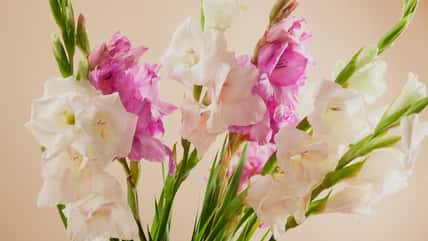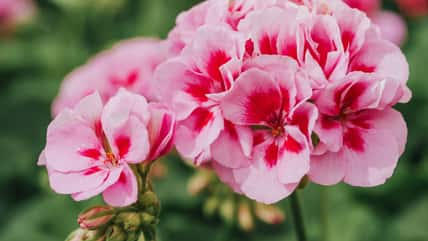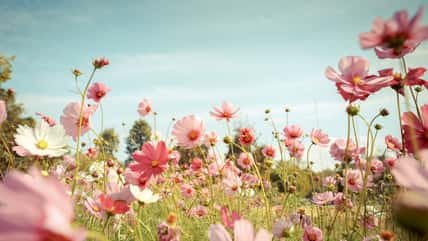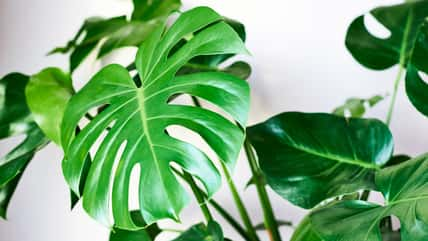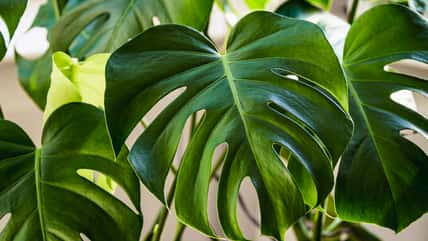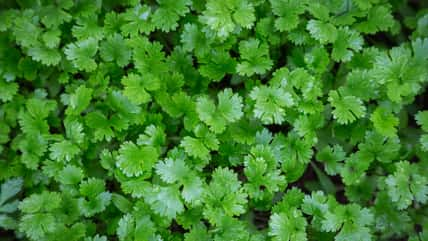You Can Create Your Very Own Enchanting Fairy Garden With Just A Container, Your Favorite Flowers, And Some Whimsical Accessories: Here’s How
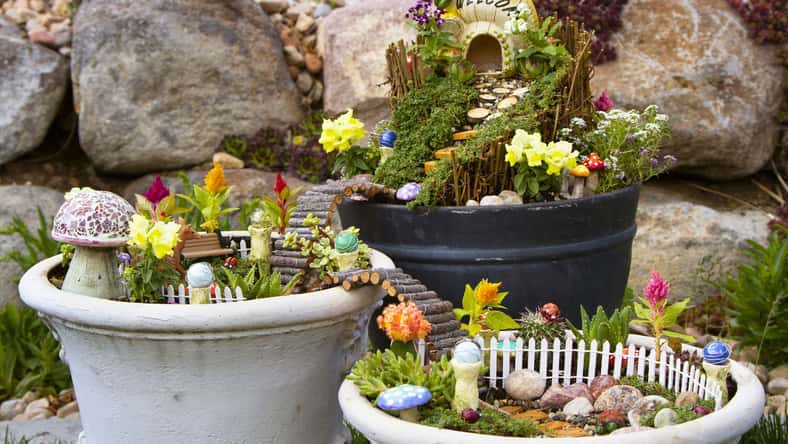
Whether you’re looking for a creative new hobby to provide an outlet for stress or a whimsical addition to your garden that’s sure to be a talking point, you don’t have to be a believer in folklore to design an enchanting fairy garden.
Fairy gardens are miniature decorative gardens with a theme that tells a story. They are the perfect places for magical fairies, elves, gnomes, trolls, pixies, and sprites to visit.
Build your own fairy garden in a carefully chosen container or in a shady outdoor spot, add tiny flowers and plants, and complete it with cute accessories to create a charming, small-scale scene.
If you don’t really know where to start, we’ve got you covered with this brief guide on how to make a fairy garden.
Choose Your Location
Before creating a miniature scene, you’ll need to pick a spot for it. The location of your fairy garden can be indoors or outdoors. Inside, fairy gardens can include more delicate details.
They can be made in bowls, terrariums, or old jewelry boxes that sit on a windowsill. Outside, you can incorporate elements such as water features, concrete bird baths, and tree stumps.
Choose Your Theme
In order to determine what plants and accessories to include in your fairy garden, you’ll need to select a theme to narrow down your choices. It will make the process much less costly and time-consuming by helping you stay on track, resulting in a garden with a cohesive look.

sjhuls – stock.adobe.com – illustrative purposes only
If you’re in need of some ideas, here are a few fairy garden examples: woodland wonderland, cottage garden, fairy village, farmland garden, beachside scene, and tea party scenes. You can also draw inspiration from characters in books or movies like Tinkerbell and Alice in Wonderland.
Decide On A Container
Without a container, you would have nowhere to put your fairy garden in. It’s recommended to use one that’s eight to 12 inches in depth and diameter. The container should also have drainage holes. Before rushing out to buy one, check around your garage or garden. You may already have something that works.
If your container will be outside, make sure it’s relatively weatherproof. Use an old wheelbarrow, tin bucket, or birdbath. Rattan baskets and teapots are best for indoors.
Pick Your Plants
Consider the theme and location when picking out your plants. They should suit the amount of light your location has to offer. Low-growing, miniature plants are ideal because they create the sense of scale you need.
Small succulents, herbs, and various low-maintenance ground cover plants are great choices. Additionally, slow-growing evergreen species will provide interest year-round.
Group plants with the same care requirements together, but don’t use too many or else they will overcrowd the container. Leave room for accessories and other decorative elements. Some popular fairy garden plants include bonsai, creeping thyme, dill, ferns, Irish moss, lavender, and marigolds.
Incorporate Your Accessories
Fairy garden accessories can be handmade from sculpting clay or store-bought. You can even find some around your yard. Add fairy figurines, tiny furniture pieces, popsicle sticks for fencing, twine for ladders or swings, interesting stones, twigs, leaves, bark, and acorns.
Sign up for Chip Chick’s newsletter and get stories like this delivered to your inbox.
More About:Gardening
